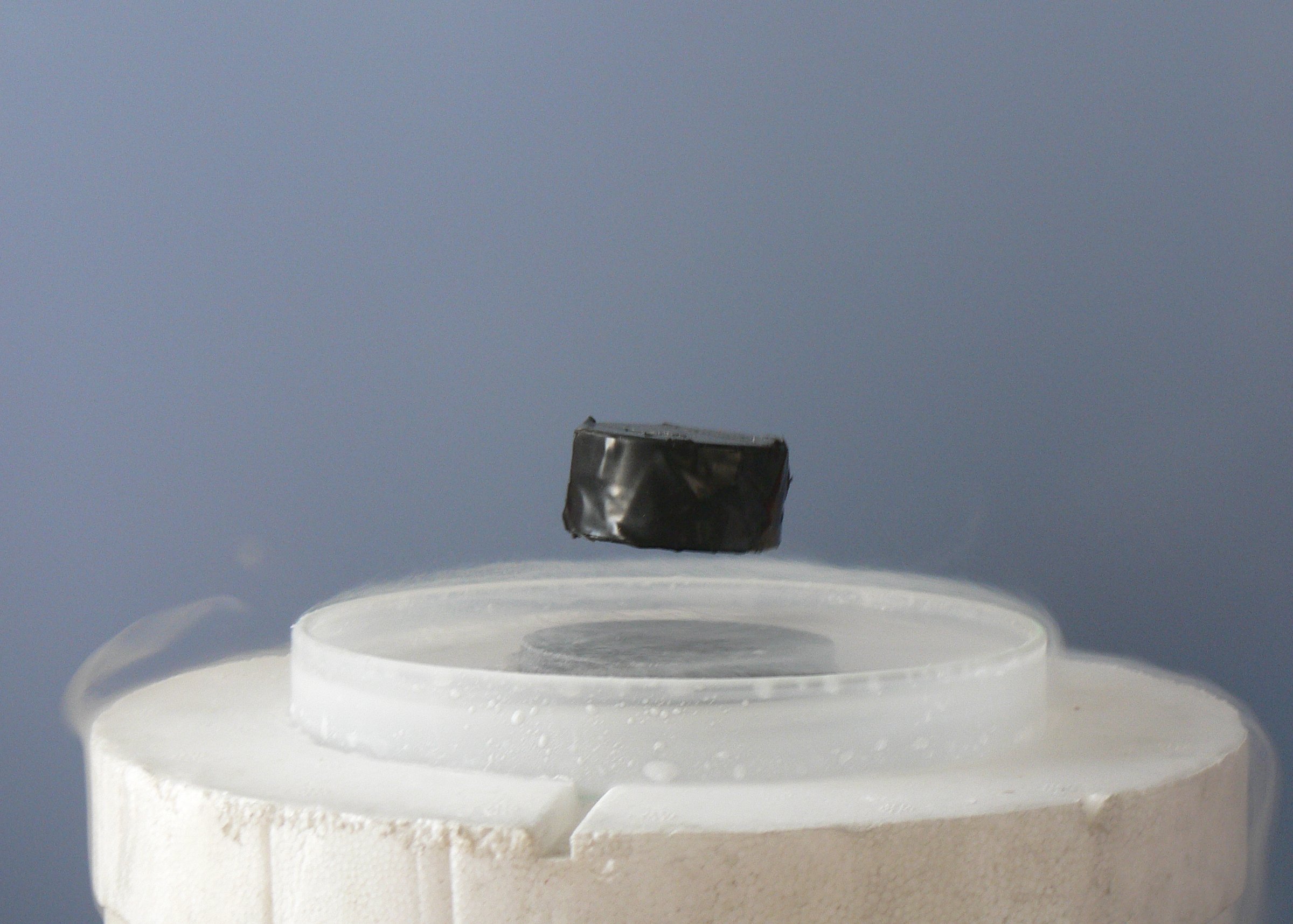Practical applications of Superconductors
- Introduction to Superconductors
- Different Types of Superconductors
- Quantum Mechanics
- Synthesis and Fabrication of Superconductors
- Superconductors and Electronics
- Superconductivity and Energy
- Innovation and the Future of Superconductors
- Reflection and Discussion
Introduction to Superconductors
Understanding Superconductivity

Electrical conductivity with exactly zero resistance.
Superconductivity is a quantum mechanical phenomenon where certain materials exhibit zero electrical resistance and expulsion of magnetic fields below a certain critical temperature. This state of matter was first discovered by Heike Kamerlingh Onnes in 1911 while he was studying the resistance of mercury at cryogenic temperatures.
Zero Electrical Resistance
One of the most striking properties of a superconductor is its ability to carry electric current without any resistance. This means that an electric current flowing in a loop of superconducting wire can persist indefinitely with no power source. In practice, these currents can persist for many years without any measurable degradation. This property is used in the construction of superconducting magnets, where the wire is wound into a coil in the shape of a toroid or solenoid.
The Meissner Effect
The Meissner effect, named after the German physicists Walther Meissner and Robert Ochsenfeld who discovered it in 1933, is the expulsion of a magnetic field from a superconductor during its transition to the superconducting state. The German physicists discovered that a superconducting material will repel a magnetic field. A magnet moving by a conductor induces currents in the conductor. This is the principle on which the electric generator operates. But, in a superconductor with its zero-resistance, enormous currents are set up which exactly mirror the field that would have otherwise penetrated the superconducting material, causing the magnetic field to be expelled and thus preventing the magnetic field from entering the material.
The Implications
The implications of these properties are profound, and the applications are numerous. Superconductors are used in a variety of applications, from magnetic resonance imaging (MRI) machines, to the construction of extremely sensitive detectors for magnetic fields, to the construction of high-speed trains that levitate above the tracks. The zero resistance property also means that superconductors could be used to improve the efficiency of power lines, which currently lose as much as 7% of their energy to heat, could be eliminated with the use of superconductors.
In conclusion, superconductivity is a fascinating and complex phenomenon with wide-ranging implications. Its understanding and application have the potential to revolutionize numerous fields, from medicine to transportation, and continue to be an active area of research in condensed matter physics.